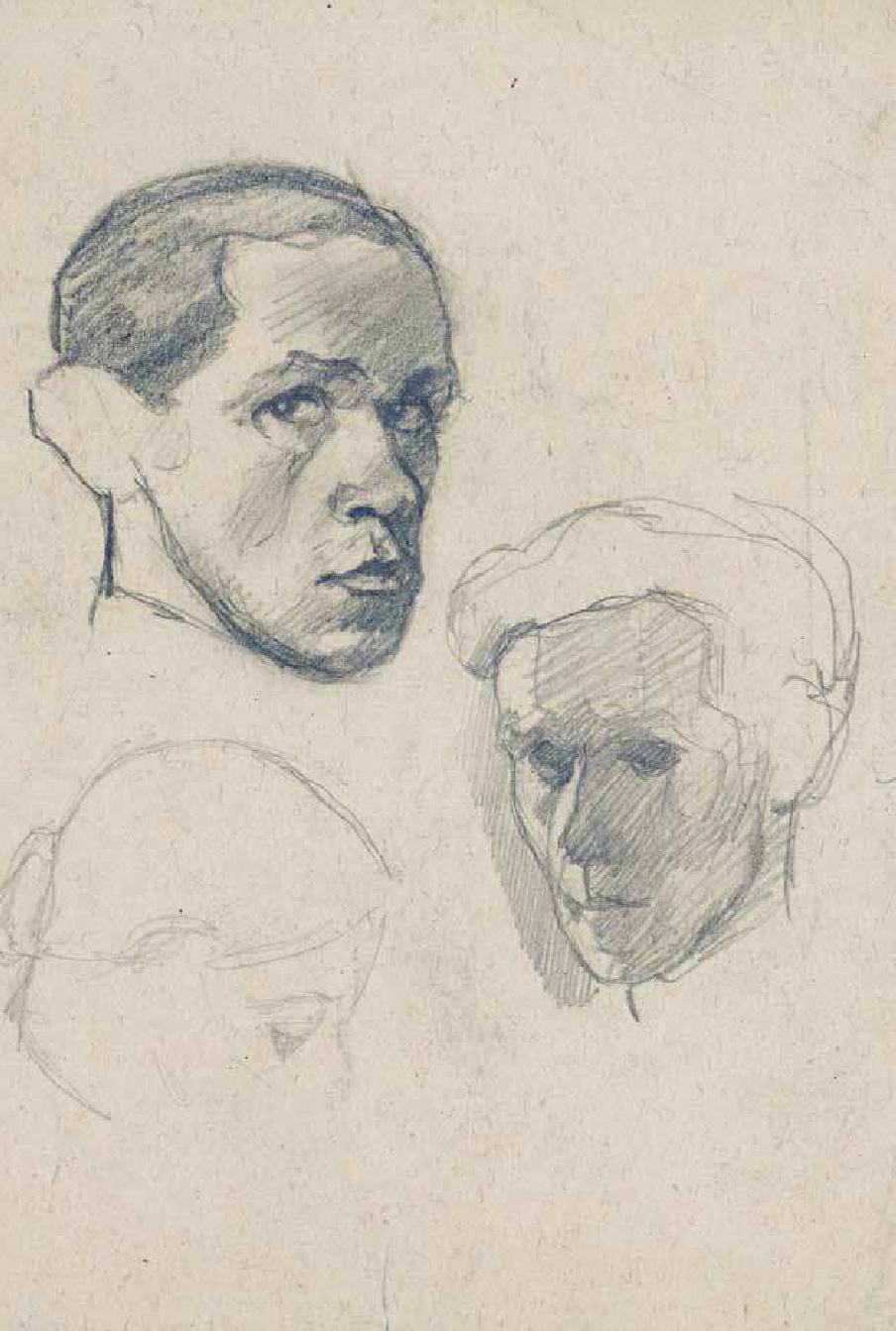Jak modlitwa włożona w szczelinę Ściany Płaczu… O Schulzu Jonathana Safrana Foera
DOI:
https://doi.org/10.26881/sf.2017.09.18Abstrakt
A small collection of Bruno Schulz’s stories has inspired many artistic facts, from fiction through non-fiction, animated films, and photo projects. All of them refer to the past which is still important and significant for the audience. On the contrary, Foer has made a ruin in which the past shows the present as an index, a footnote. The artist’s intention is exemplified by every hole in the book. As the recipient keeps reading, the removed fragments makes him or her remember the past, while the process of forgetting is incessantly going on before his/her eyes. The abandoned, empty holes point at a loss and simultaneously make one remember that the Wailing Wall still brings to mind the Jerusalem Temple and its significance for Jews. What is the significance of Schulz for this experimental prose?
Downloads
Bibliografia
Carrion Ulises. 1975. „The new art of making books”. Kontexts 6–7.
Foer Safran Foer. 2010. This Book and The Book. W Tree of Codes. London: Visual Editions.
Mauro Aaron. 2014. „Versioning Loss: Jonathan Safran Foer’s Tree of Codes and the Materiality of Digital Publishing”. digital humanitites quaterly 8/ 4.
www.waynemcgregor.com/productions/tree-of-codes

 Uniwersyteckie Czasopisma Naukowe
Uniwersyteckie Czasopisma Naukowe





